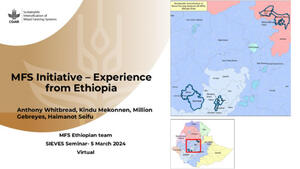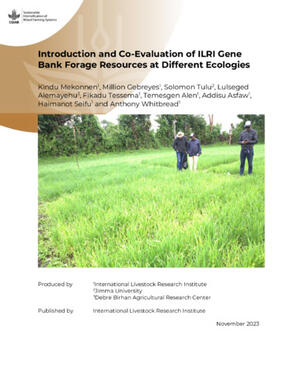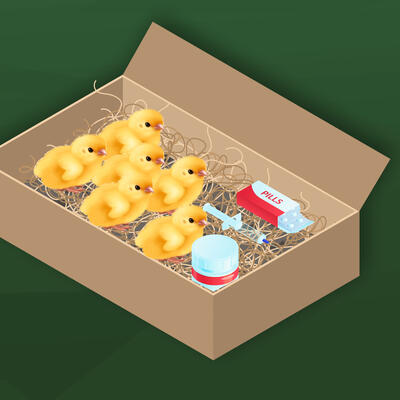
Mechanized maize shelling transforms lives in rural Tanzania
Kassim Lebora with his maize shelling machine (photo credit: Audifas Gasper/IITA).
Kassim Lebora started off as an ordinary member of a farmers’ group in Dahinda village, Kanga Ward in Tanzania’s Mvomero District. Little did he know that joining the group would lead to starting a business that would earn him plenty in future.
He has five employees in his new maize shelling business that operates within Dahinda and its surrounding villages. He is not only a proud farmer but also an employer and a role model. Through his maize shelling enterprise he is helping families put food on their tables at an affordable cost, with less drudgery and minimum post-harvest losses.
Lebora’s fortunes began to change in 2014 when the Africa RISING-NAFAKA project began post-harvest research activities in Dahinda village. He was among the first farmers who expressed an interest in mechanized maize shelling and the post-harvest technologies that the project team demonstrated regularly within the village. Instead of manual methods of separating kernels from the maize cobs after harvesting and drying, mechanized shelling uses low-cost motorized machines. Early research studies conducted by Africa RISING with farmers like Lebora showed that the use of mechanical shellers increased labour efficiency among them by 88% while reducing the cost of labour by 77%.
Kassim Lebora inspects his newly acquired rice milling machine (photo credit: Audifas Gasper/IITA).
At the start of the project, he and the members of his farmers’ group were provided with a 4hp diesel engine for use. It was at this point that his early interest in mechanical shelling as a business opportunity was strengthened.
‘We used the machine to shell maize as a group,’ Kassim explains. ‘We benefited because we could quickly turn heaps of produce into shelled grain within hours instead of spending several days in hard work as we used to do.’
He agrees that the new technology has indeed saved them both time and money.
‘Until that time, we shelled maize by putting the cobs in bags and then beating the bags with sticks. It cost a lot because many bags were needed to hold the maize and many casual workers too. A lot of the grain also got scattered or damaged in the process.
‘I could soon see the value of the machine very clearly,’ he continues. ‘So, I went ahead and bought a bigger machine (with a 16hp engine). This was an obvious opportunity. I wanted to reach many more villages and make more money.’
The machine has excellent shelling capability. It produces high quality grain without the breakage that often happens with manual shelling. My machine can shell at least 10 bags (1 tonne) of grain in an hour. Usually, I can shell between 100 and 150 bags in a day.’
He charges his customers between TZS1,000 and 1,500 (USD0.44–0.65) for a 100 kg bag. This is half the amount they would pay to casual workers for manual shelling.
Beyond service provision, Lebora is also creating jobs within his community. He currently has five casuals on his payroll and explains his methods.
‘For every TZS25,000 that I make, TZS5,000 is paid to my casuals. Thus, the machine provides employment to others. I make a gross income of between TZS150,000 and 200,000 on a good day. From this I pay the casuals and pay for the fuel and the cost of moving the machine from one place to the next. I am usually left with a net income of TZS130,000 (USD56) every day.’
When asked about the cost of maintaining the shelling machine, Kassim says that spare parts and artisans who can repair the machine are easy to find. He is also able to do minor repairs by himself, which he learned from the training given by the Africa RISING–NAFAKA project.
‘My living standards have really improved,’ he notes with satisfaction. ‘Because of the income I make in a day, I can now provide more for my family than I could do before. I am also happy that I have employed other young men to work with me and they can support their families through this work.’
From his success with providing maize shelling services, Lebora is now planning to expand his portfolio into rice milling, using the same mobile service provision approach. Using proceeds gained from the maize shelling business, he has already purchased a rice milling machine and is currently waiting for the rice harvest season to start.
Moving the maize sheller from one point to the next is not easy. Kassim Lebora uses this truck to transport the shelling machine and his casual workers to different service locations (photo credit: Audifas Gasper/IITA).



















